For color enthusiasts, finding autumn gold is highly rewarding when heart-shaped leaves go glorious red, orange, and yellow.
Iran (IMNA) - As temperatures have begun to drop, Iran is teeming with fall foliage locations to celebrate rainbows of splendor against the snowcapped mountains, lush meadows, urban terrains, or golden rolling hills.
Iran is one of the few countries where seasonal changes can be seen and felt, giving nature lovers diverse destinations to choose from.
Due to its large size, varied terrain, diversity of tree species, and exemplary microclimates, the ancient land has a long fall color season that lasts at least until December.
Whether you are in the wild countryside, amid the hustle and bustle of a metropolis, or a place within easy reach of major cities, you may find nature showing off its fall colors.
Nature’s secret may be discovered even in a single leaf, or in the blankets of mature trees being traced as far as the eye can see.
Many citizens believe that much of that appeal lies in landscaped gardens of old mansions, tree-lined streets, public parks, hiking trails, manicured Persian gardens, and deep green hills, to name a few.
From another perspective, fall is perhaps one of the most meaningful seasons in Iranian culture. Its glow of sunsets, melancholy and overwhelming sense of nostalgia are common themes in Persian poetry and fiction. There is a saying in Iran: “Autumn is the spring of love.”
Altering seasons have long served as a source of inspiration for poets. Classical Persian poets made extensive use of the pen to describe autumn using metaphors such as maturation, the bounty of the harvest, or the conclusion of life. To cite an example, Rumi, the illustrious Persian poet of the 13th century, utilizes autumn as a mystical allegory for death. Also, contemporary Iranian poet Mehdi Akhavan-Saales called autumn “the king of all seasons.”
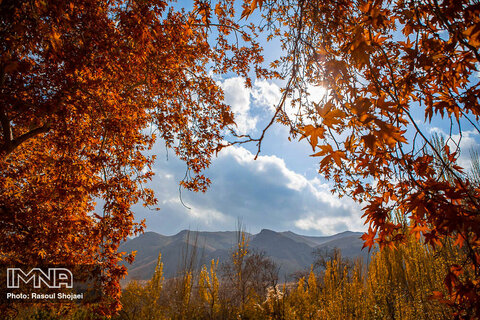
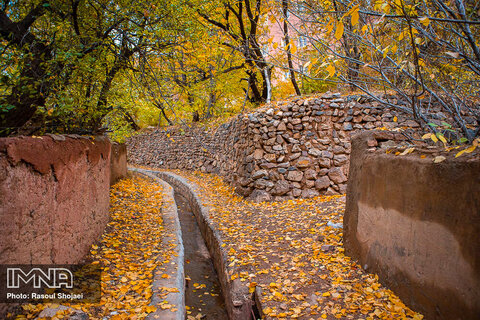
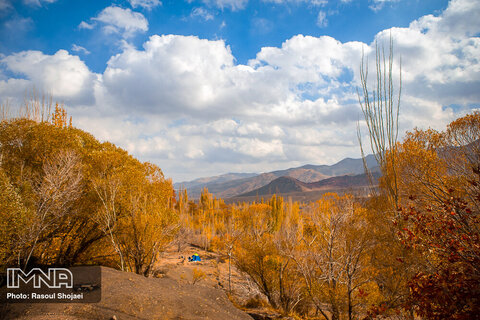
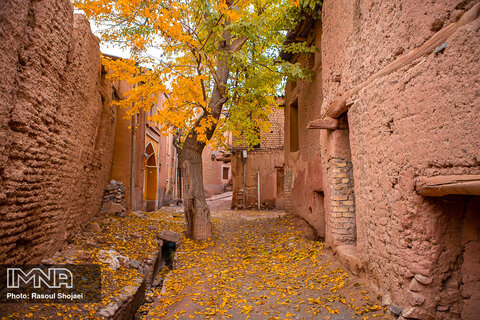
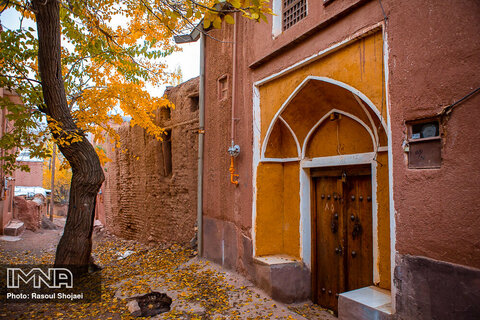
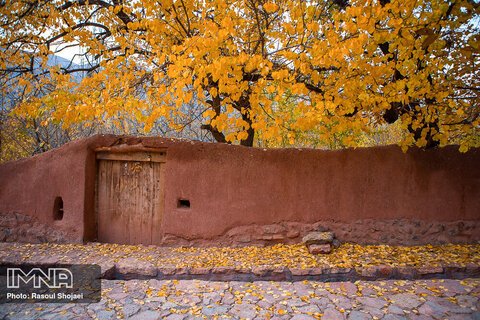
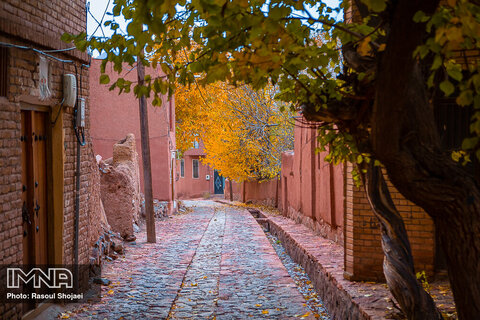
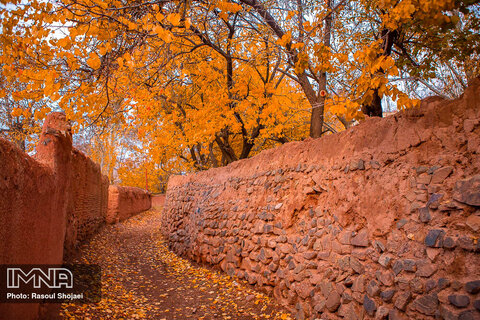


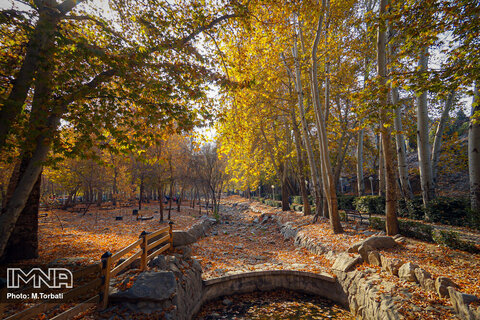
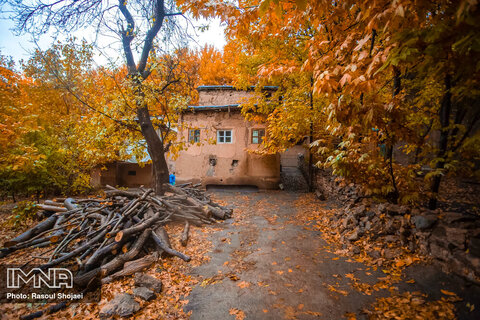

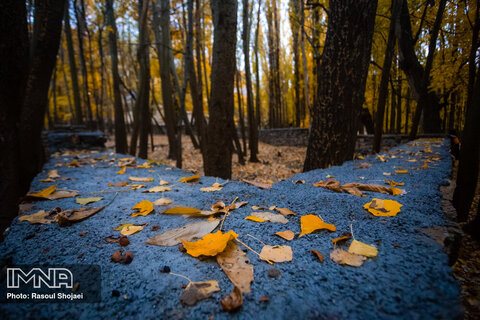
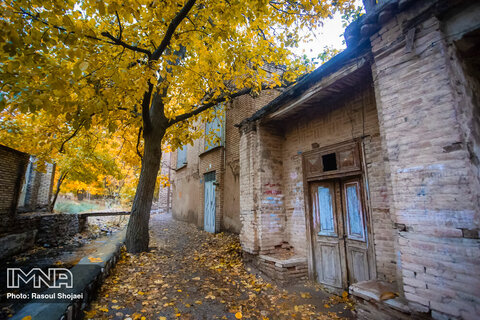
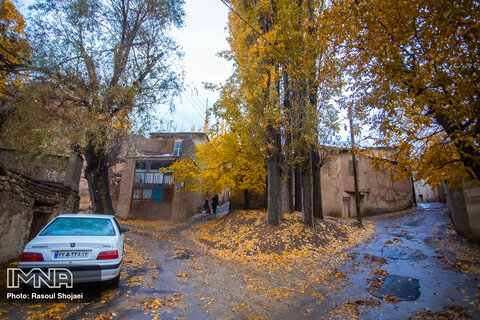

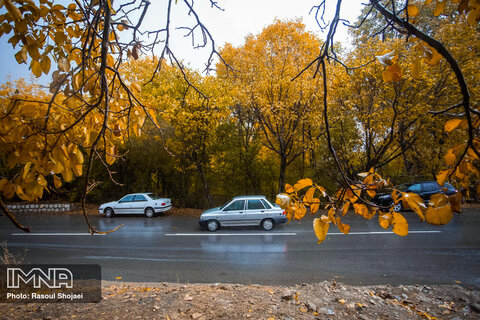
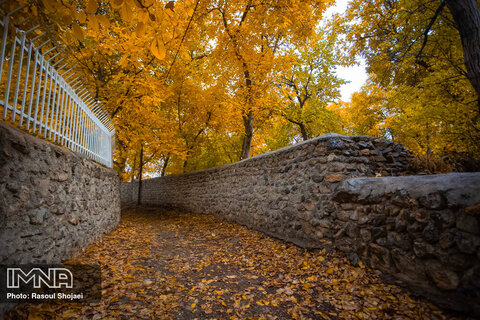

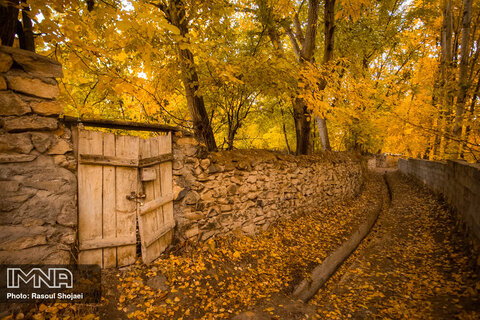
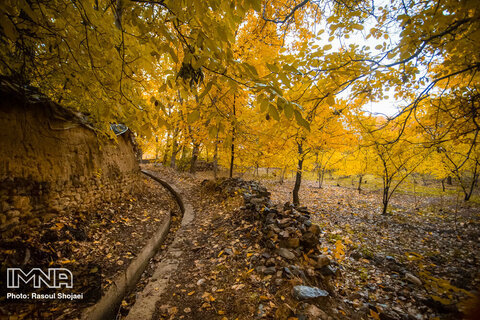
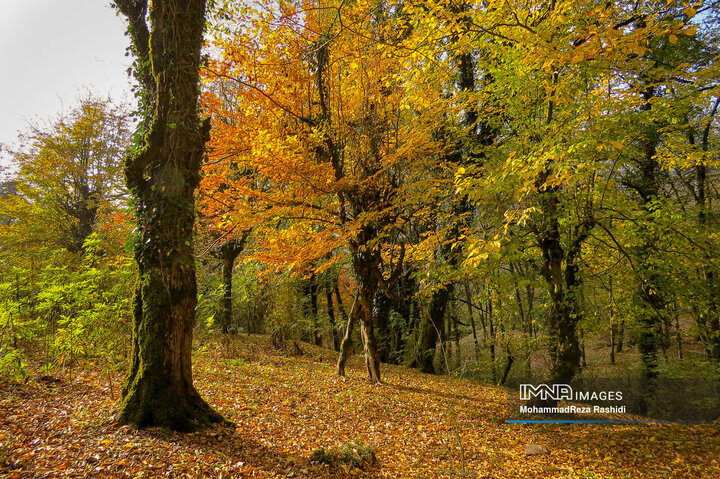
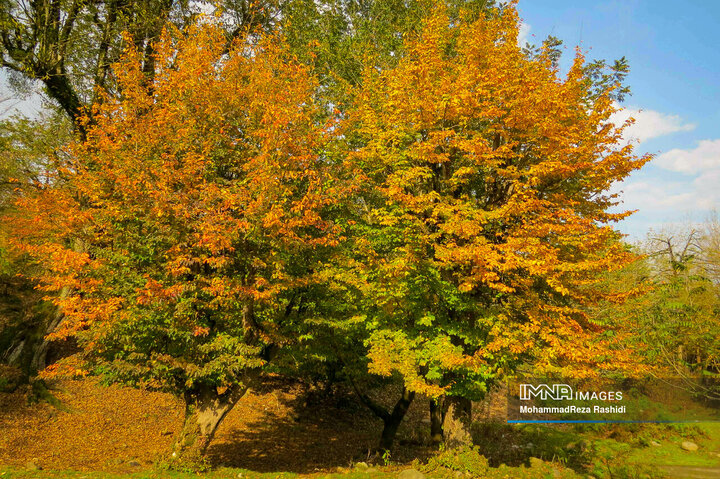
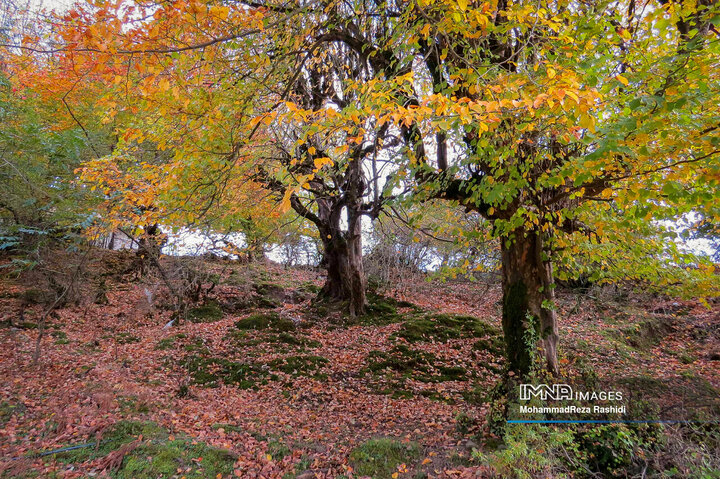

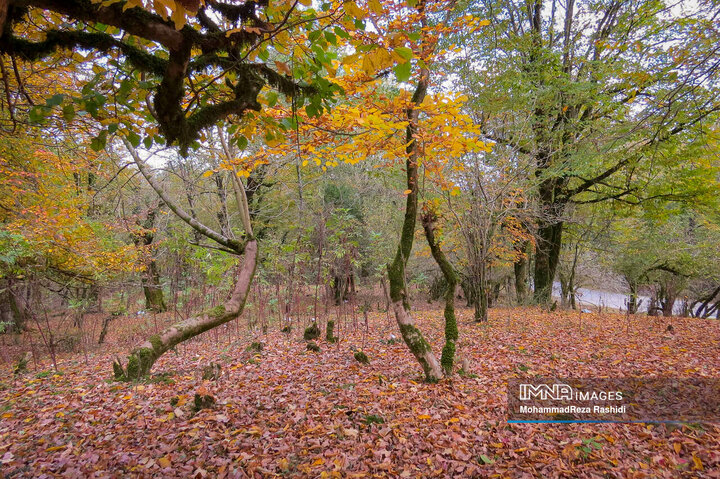

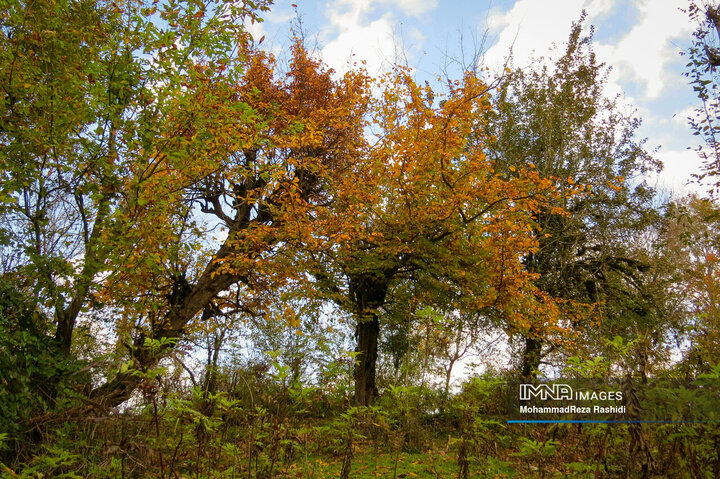
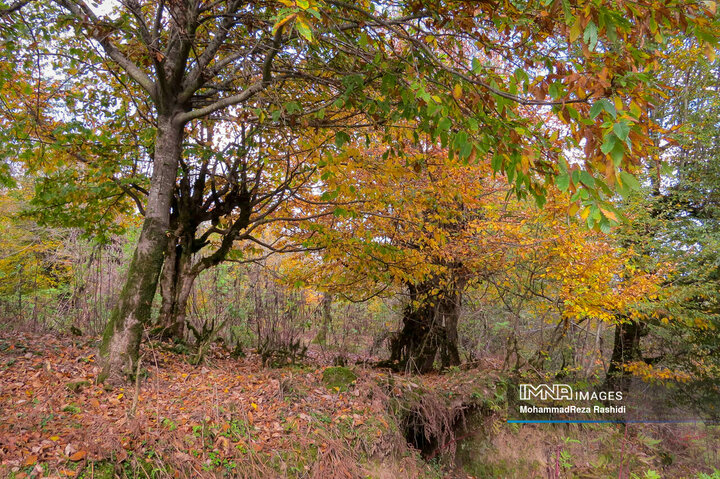
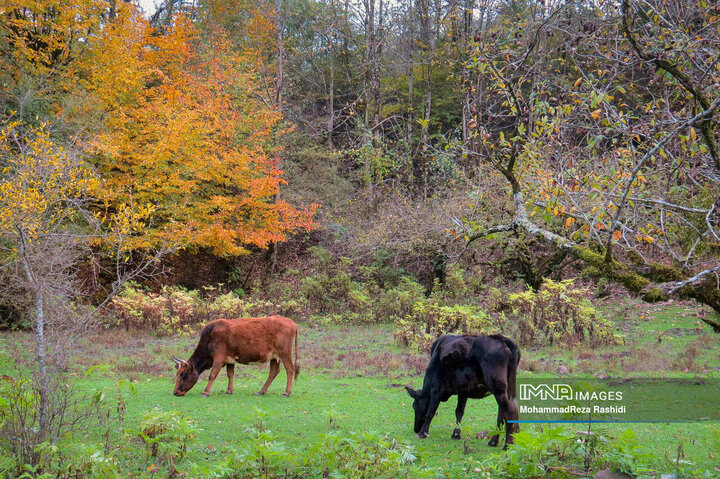



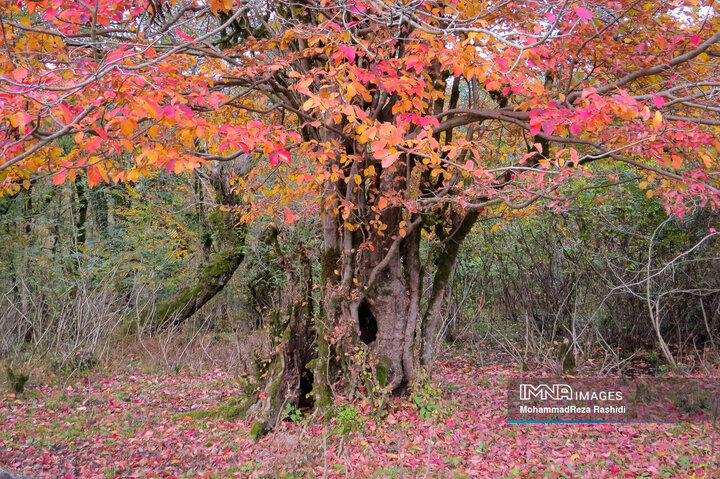
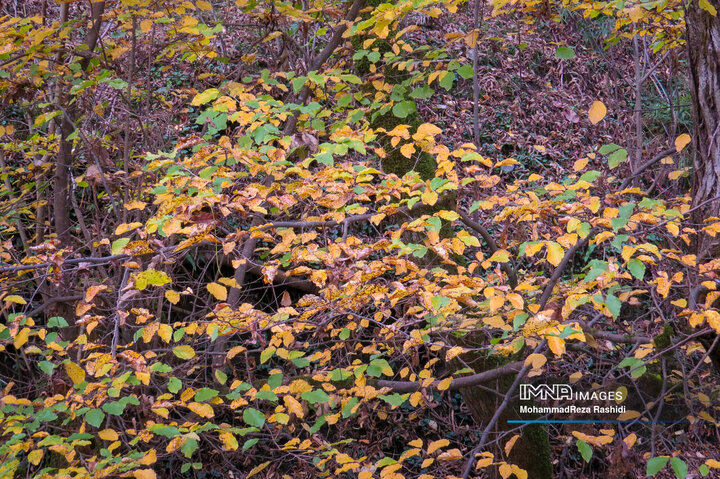
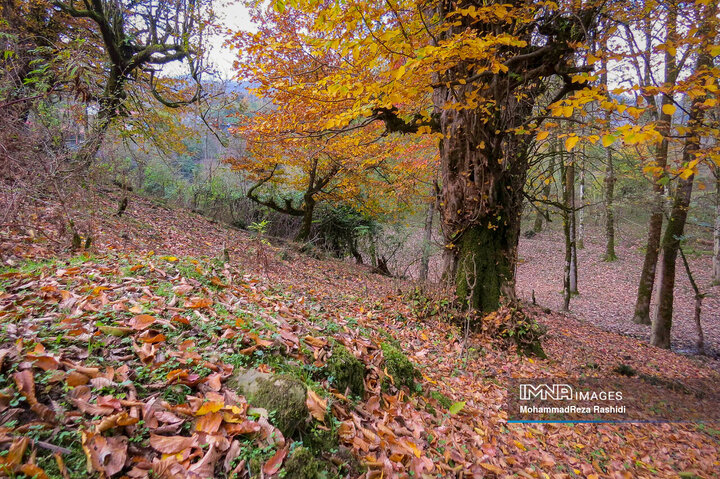


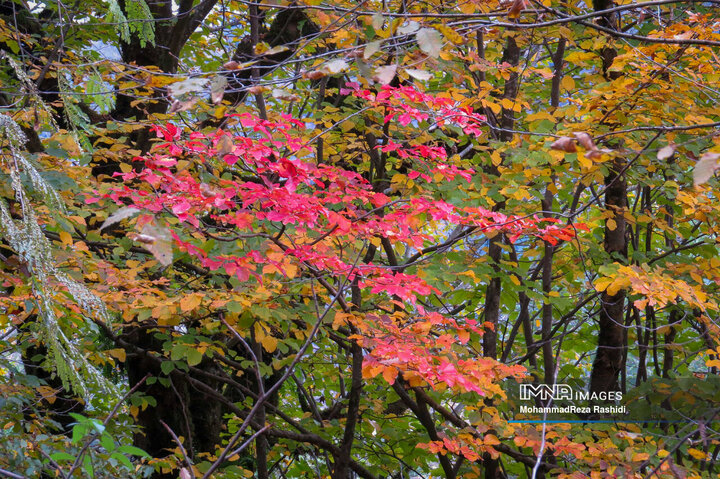
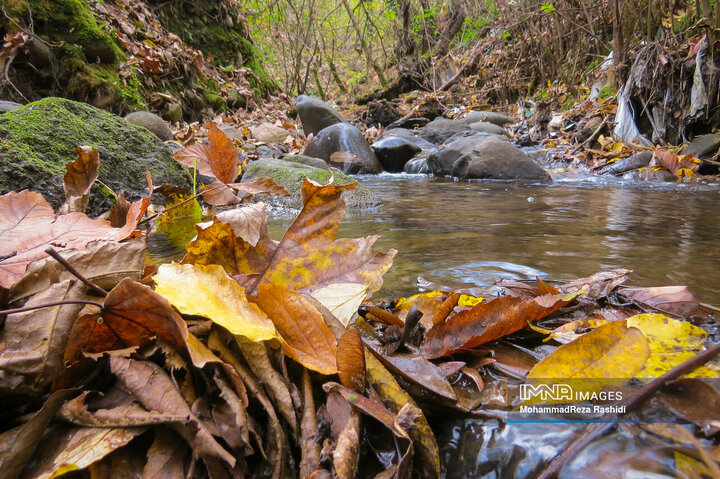
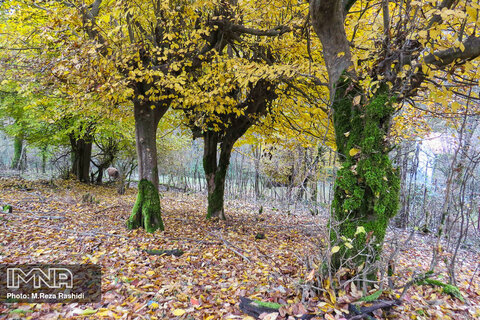
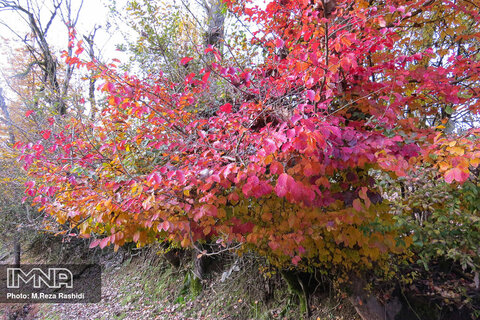
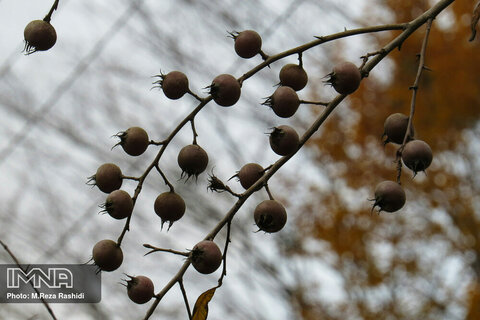

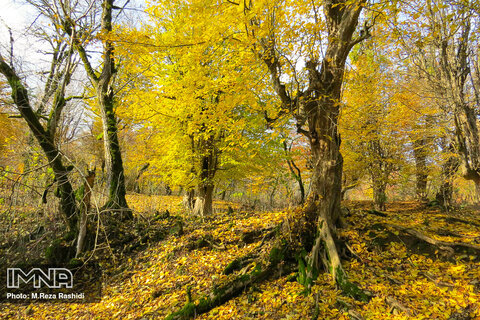

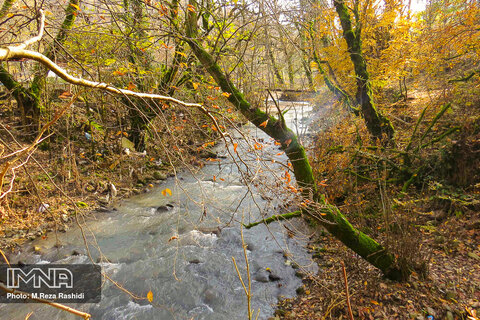
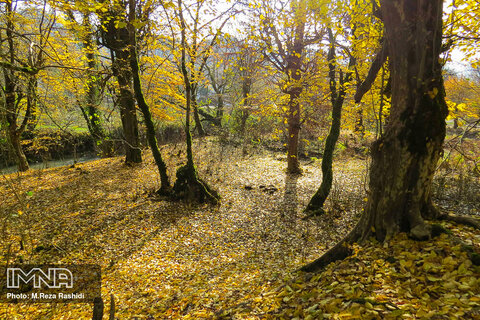
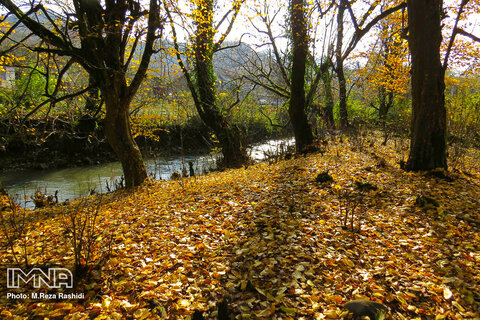
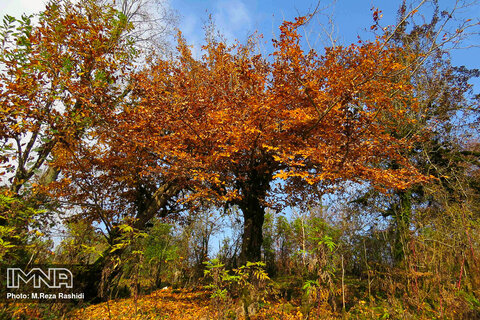
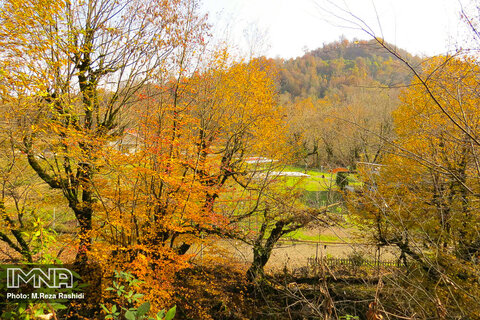
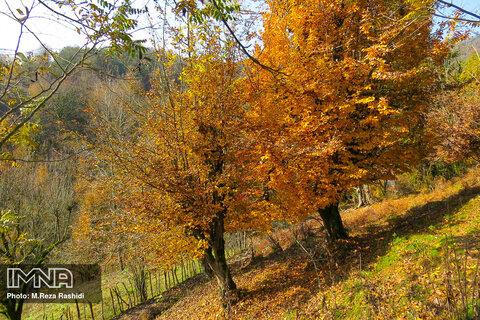
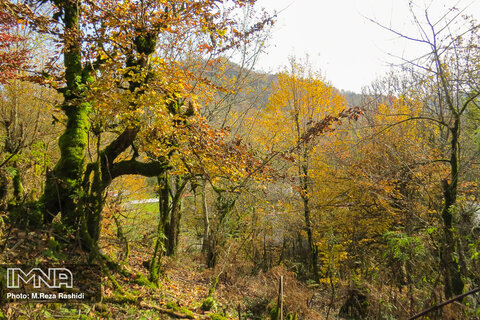
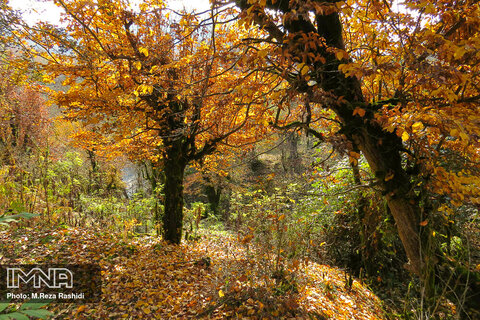
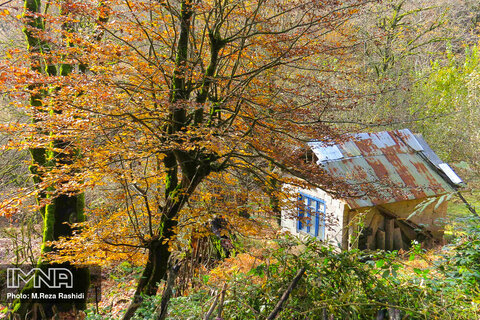
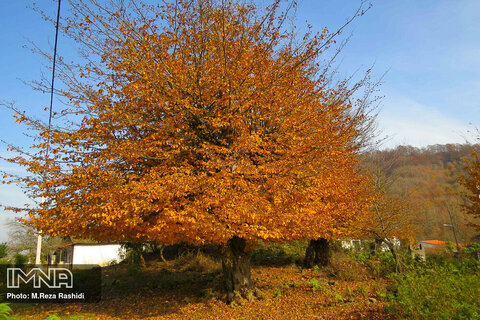
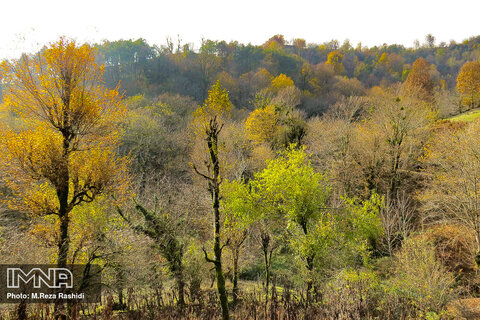

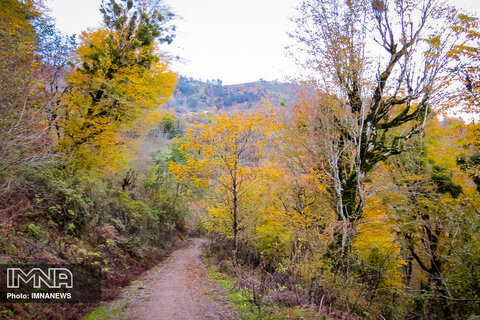
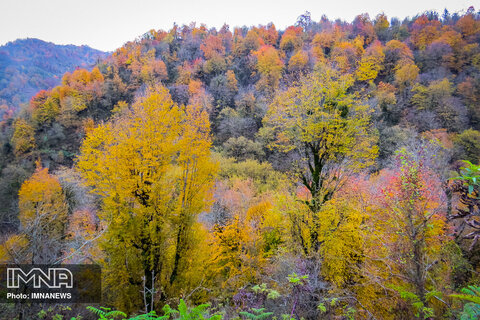
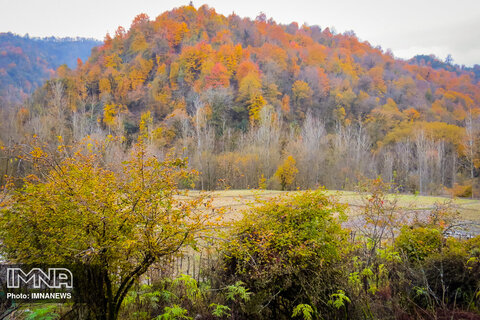

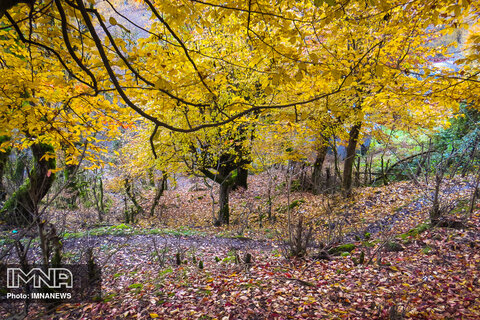
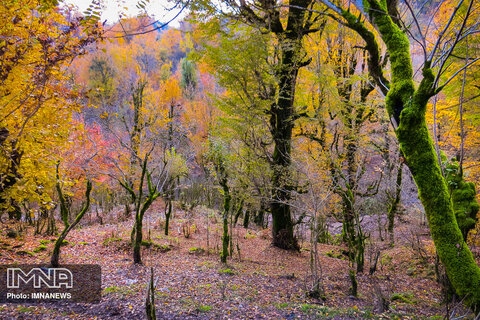

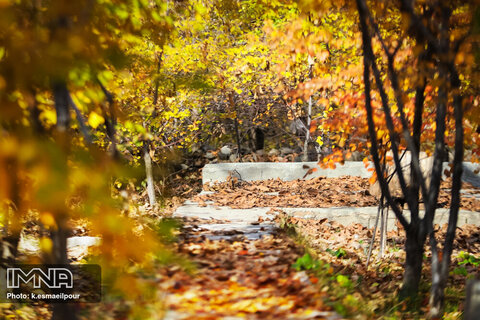

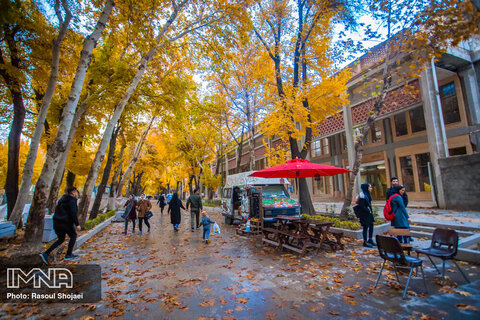


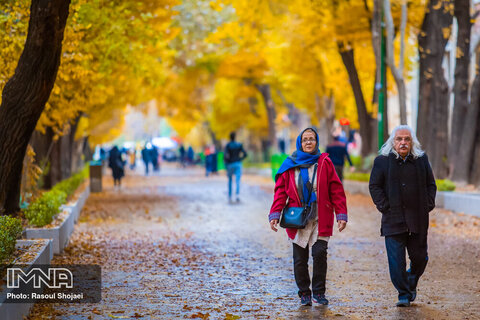
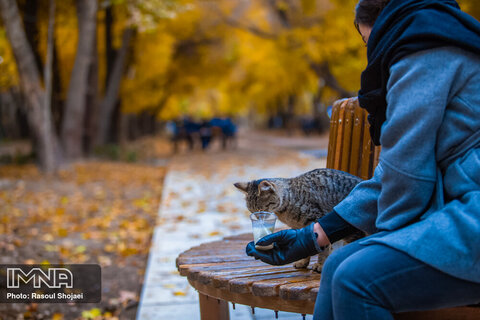
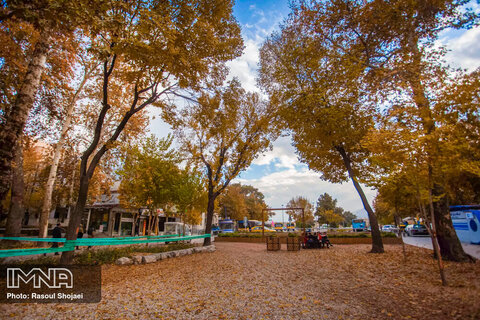
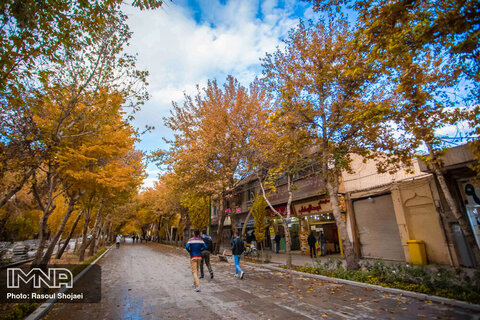


Your Comment